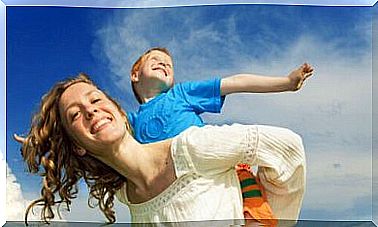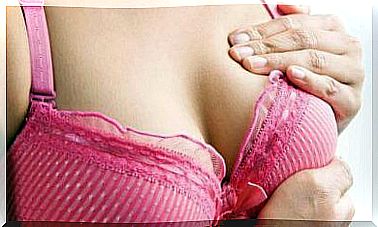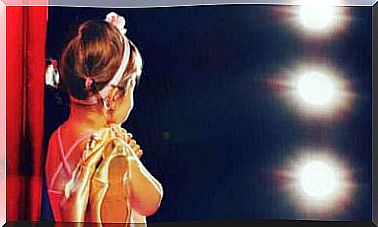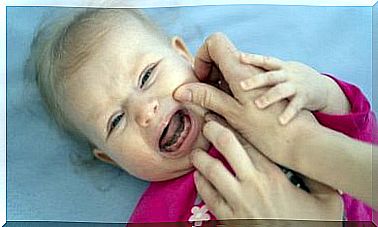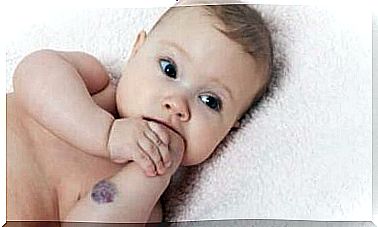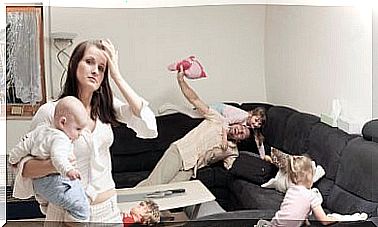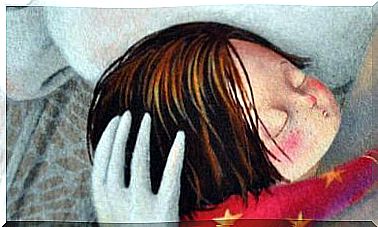What Is Kristeller’s Maneuver?
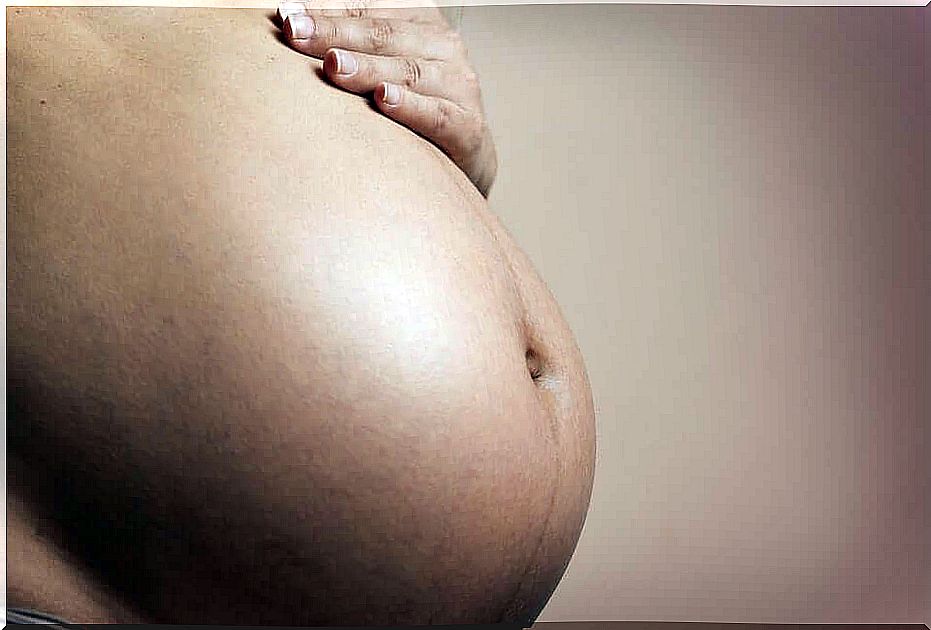
Kristeller’s maneuver is when a midwife or gynecologist presses on the abdomen during the last stages of a vaginal birth.
The method was invented in 1867 by the German gynecologist Samuel Kristeller as a way to help with difficult births. It is used in emergencies, but is today controversial.
In childbirth courses, midwives provide information about the possible risks of giving birth. They may also have told of Kristeller’s maneuver and its use in difficult births.
But there are common consequences such as dyspareunia or severe pain during intercourse, broken ribs, injuries to the abdominal muscles, uterine rupture and many more, which, as I said, makes the method controversial.
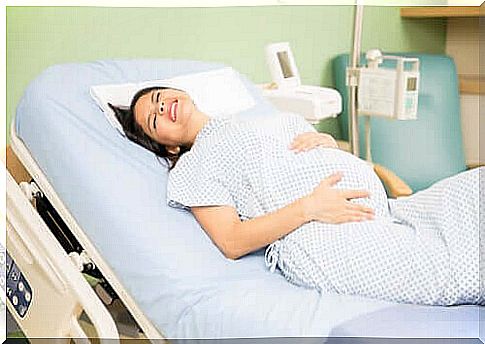
When is it used?
This maneuver should only be used in emergencies and never during a normal birth without complications.
The exact moment when the maneuver is performed is when the child’s head is clearly visible and the expulsion phase is almost over.
Kristeller’s maneuver is used when:
- The uterine contractions are not strong enough to expel the baby, even after oxytocin has been given.
- The mother cannot shake properly because she is tired or does not have sufficient control of the abdominal muscles.
- The child’s heart rate slows down and it is believed that the child is suffering.
- The baby is stuck in the birth canal and the head and shoulders are already out.
How to perform Kristeller’s maneuver
For the mother, it can feel like the doctor is jumping on her stomach to push the baby out. It is a very painful maneuver, and in some cases it can lead to the mother fainting.
Although it is a fairly simple method, it may only be performed by experienced healthcare professionals.
The doctor grabs the bed or sheet with one hand and places the other forearm on the upper part of the uterus. When the next contraction comes, with a firm pressure, the forearm slides down along the abdomen and presses down.
Kristeller’s maneuver cannot be repeated more than three times. So if the woman is in her fourth pregnancy and has complications, other measures must be taken.
When should it not be used?
For some women, maneuvering is not an option. In particular, it should not be used in the following circumstances:
- The baby’s head is much larger than the available space (ie it is disproportionate to the size of the woman’s pelvis).
- There is an outgrowth (like a cyst) in the birth canal which makes it difficult for the baby to get out.
- A previous birth has been performed with the help of a caesarean section, which increases the risk of ulcers in the uterus.
- The mother has previously performed an operation to remove a fibroid.
Complications
If the maneuver is performed incorrectly or at the wrong time, it can cause various problems, including causing psychological damage as the pain can make it difficult for the woman to concentrate, and the whole moment of delivery becomes a painful memory rather than the emotional one she might have expected.
Medically, the biggest risks are:
- Having to do a significant episiotomy.
- Ulcers in the vagina and diaphragm.
- Removal of the placenta, which causes the baby to suffer.
- Damage to the uterus.
- Cracks in the uterus, leading to bleeding.
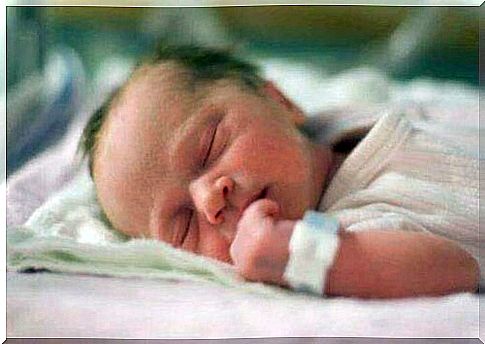
A mother cannot think clearly when caregivers perform Kristeller’s maneuver during childbirth. It is therefore very important that the mother receives lots of information in advance, to avoid panic attacks.
Midwives usually play down the maneuver and call it “a little help to get the baby out.” But in reality it is a very sensitive method with many risks, and which should only be performed by competent people in absolute emergencies.
Finally, if the maneuver is performed, it must be registered in the mother’s birth record.
